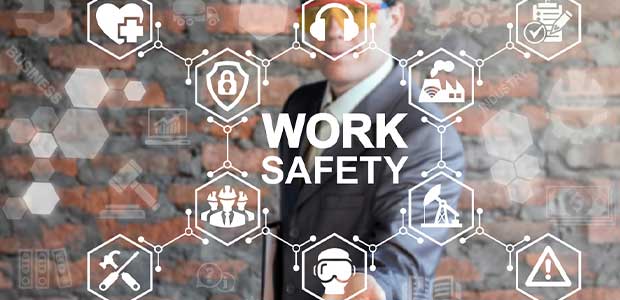
Choosing Safety Performance Leading Indicators with SMART
Use these principles from OSHA to determine what a good leading indicator is.
- By Alex Saurman
- Jun 15, 2022
Nearly 2.7 million workers were injured or caught an illness at work in 2020, according to the Bureau of Labor Statistics.
As an employer or safety professional, your job is to ensure that your workers are safe. There are many methods you can use to improve worker safety and health. In the most recent episode of OH&S SafetyPod podcast, we talk about using safety performance indicators.
By using metrics like leading indicators, an organization can better understand areas in which they are adequately protecting workers and other areas in which they may need to invest in more resources to keep workers safe. The benefit of using leading indicators is that a safety professional can have broader insights into how safe their facility or jobsite is.
Leading indicators are measurements that track information leading up to an incident. According to an OSHA paper, there are five characteristics of an “effective” leading indicator: Specific, measurable, accountable, reasonable and timely, or SMART.
A leading indicator is specific if it can “provide specifics” on an action that will need to be taken. The example OSHA provides is the “number of workers who attend a monthly safety meeting” with a goal to increase the attendance to 97 percent. A good leading indicator would be “workers will attend a safety meeting every month” because what is required and who is required to go are explained.
Measurable leading indicators are “presented as a number, rate, or percentage that allows you to track and evaluate clear trends over time.” In OSHA’s example, a monthly required safety meeting is an effective leading indicator because the number of workers can be measured.
Leading indicators can be classified as accountable if they “track an item that is relevant to your goal.” In this case, the goal is to have a 97 percent attendance at meetings. “Workers will attend a safety meeting every month” is a good indicator because it “asks workers to attend.”
Reasonable leading indicators help employers “reasonably achieve the goal.” In OSHA’s example, the 97 percent goal is a good indicator because 100 percent may not be achievable. There may be workers who cannot attend.
To be timely, a leading indicator should be tracked “regularly enough to spot meaningful trends.” Tracking the attendance of a meeting monthly is timely because the data is collected and can be compared often.
To learn more about safety performance indicators, listen to our latest episode of OH&S SafetyPod.
About the Author
Alex Saurman is a former Content Editor for Occupational Health & Safety,who has since joined OH&S’s client services team. She continues to work closely with OH&S’s editorial team and contributes to the magazine.